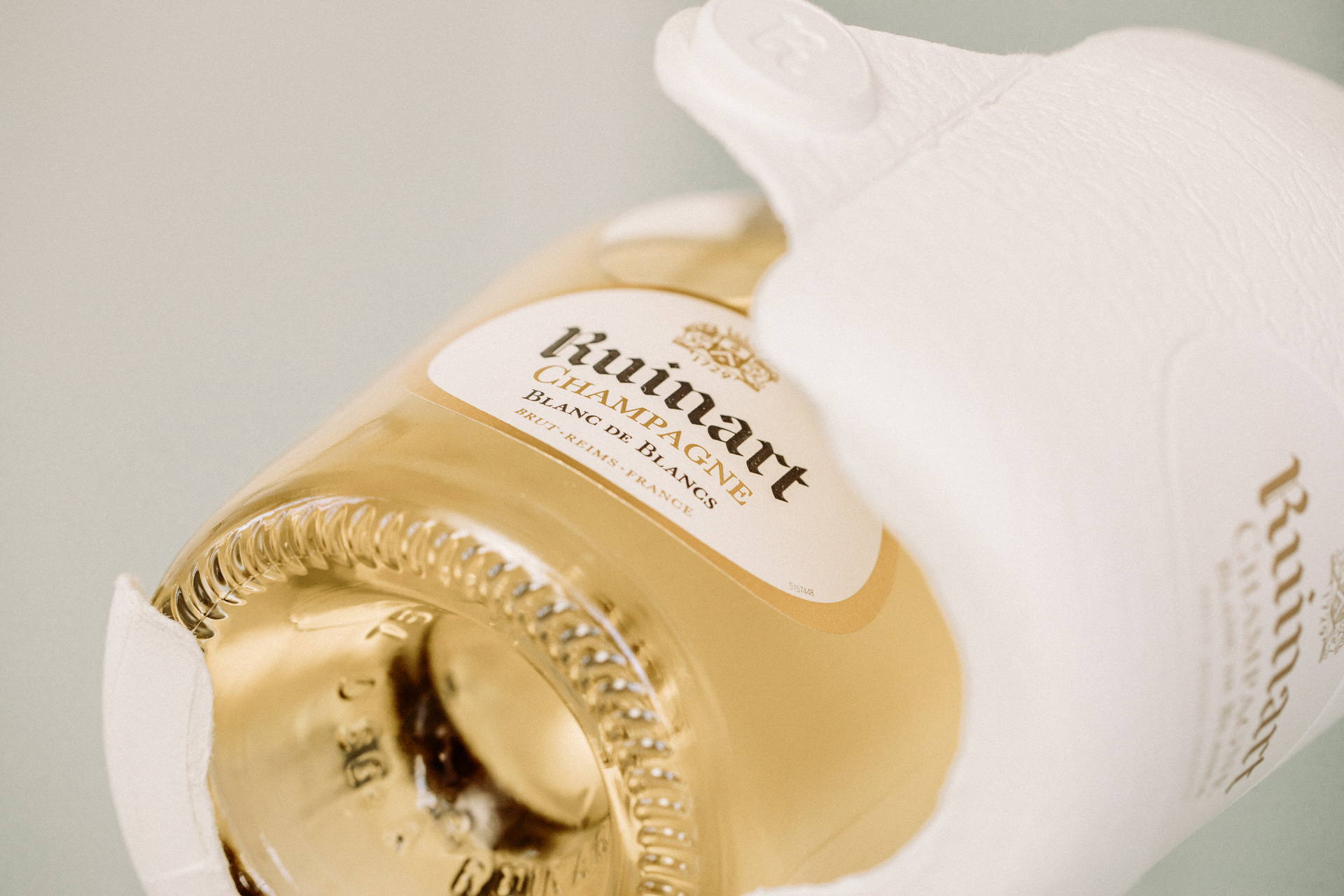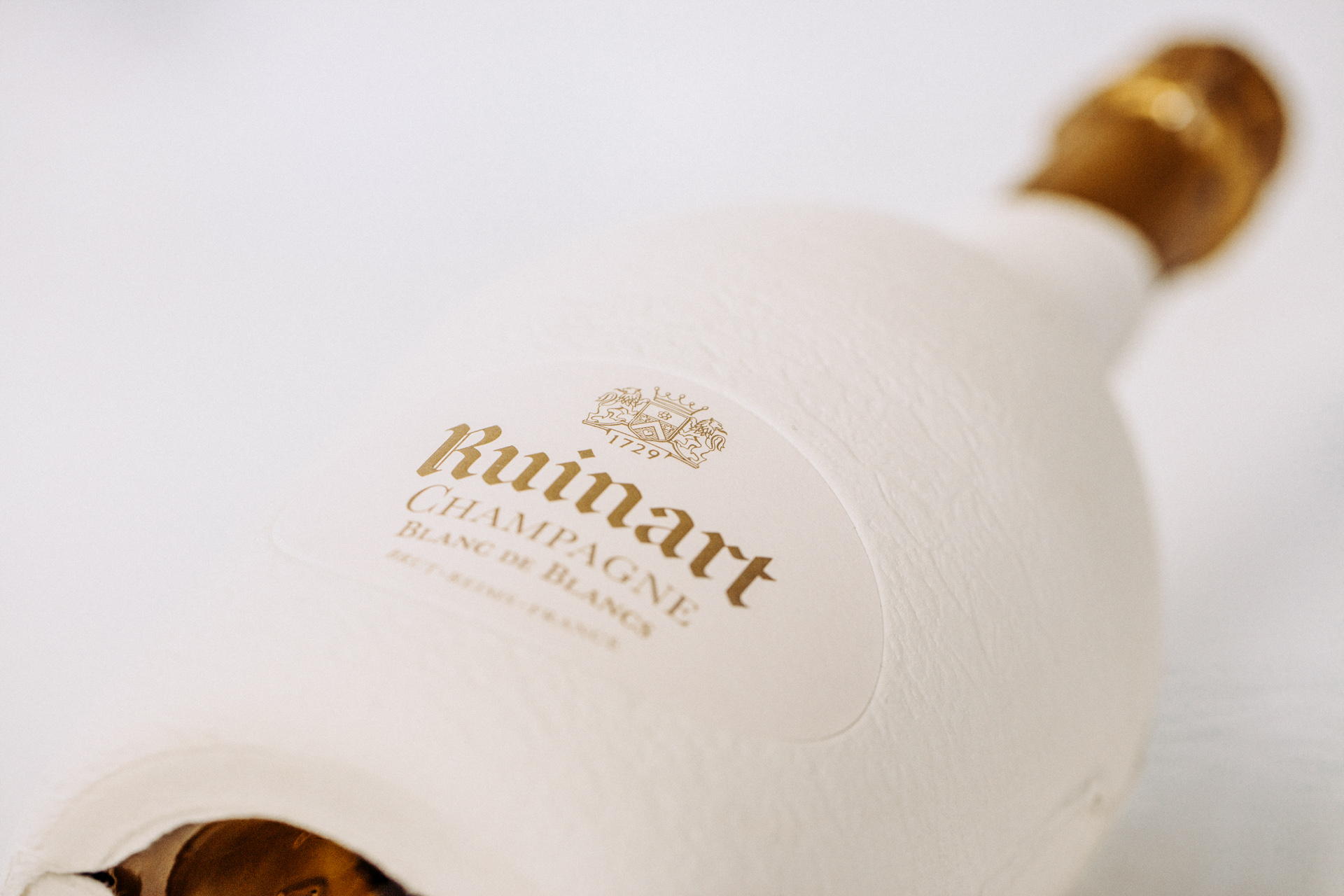Ruinart Second Skin Inspires A World Of Sustainable Luxury Packaging
By
Published
Filed under

By
Published
Filed under


Maison Ruinart wishes to encourage brands to adopt innovative sustainable packaging solutions, and the packaging for the luxury brand’s 100% recyclable eco-designed casing will surely inspire. The case acts as a sleek, innovative gifting packaging, showcasing the bottle’s form and identity elegantly.

Get unlimited access to latest industry news, 27,000+ articles and case studies.
Have an account? Sign in